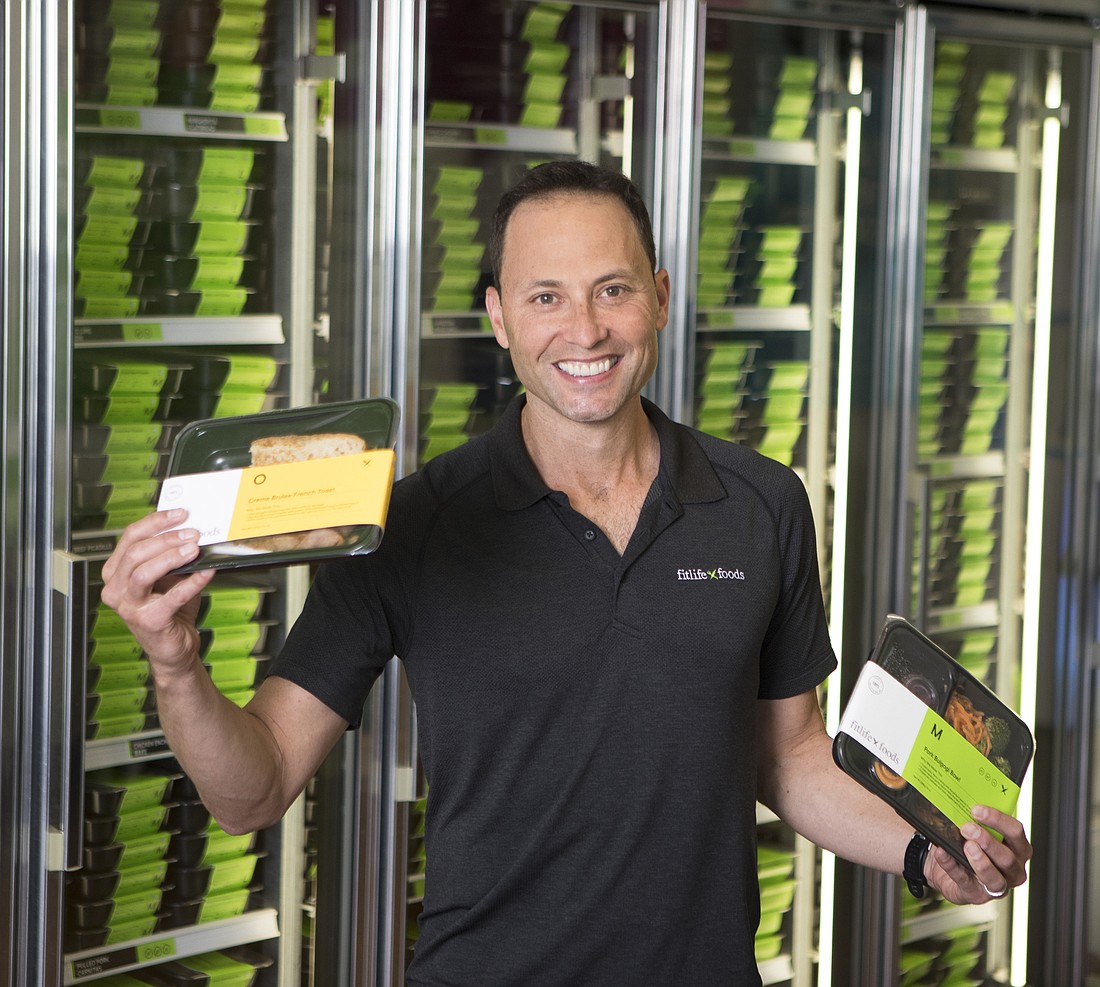- December 16, 2025
-
-
Loading

Loading

Without a doubt, 2020, with a massive shift to takeout and delivery orders, was a year of reckoning for the restaurant and foodservice industry. And 2021’s supply-chain and labor shortage issues have only added to the complex new reality for companies such as Fitlife Foods, a 10-year-old Tampa firm with a foothold in both delivery and brick-and-mortar operations.